The window sash is an important part that keeps the glass in the window frame. It helps the window work properly, look good, and stay strong. Homeowners love them because they add a touch of elegance and sophistication to any home. But still exactly what is a window sash and why is it important? How do window sashes work and what are their types? Let’s solve all these queries in this detailed guide. We’ll also explain when to replace a window sash.
What is a Window Sash?
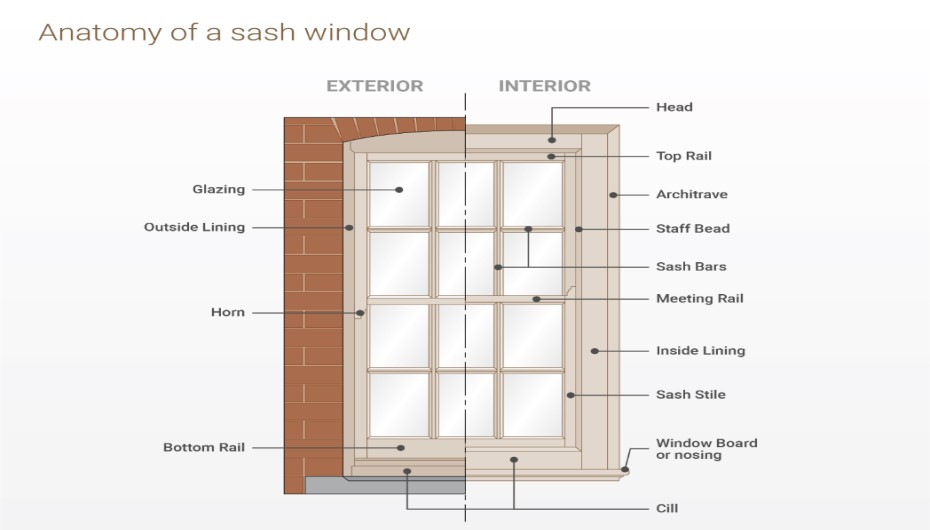
Sash windows have been a beloved feature of homes for centuries. A window sash is a frame that surrounds the glass and keeps it in place. Some sashes slide up and down, while others don’t move. Most modern windows have sashes. Some windows have one movable sash and one fixed sash, while others have two movable sashes that can slide up and down.
Sash is attached to the window frame and moves up and down on tracks. This frame is usually made of wood, aluminum, or vinyl. That frame is the sash.
Why is Window Sash Important?

The sash is an important part of the window’s design. There are many reasons why window sashes are important for homeowners. They enhance the comfort, value, and beauty of a home. The sash keeps the glass in place and helps make the window strong. Sash windows allow for excellent ventilation and noise reduction.
They provide energy efficiency, aesthetic appeal, and durability. The sash is made to fit tightly to prevent air from leaking in or out. Even sashes that move are designed to fit tightly and help save energy. But over time, the seal can wear out and make the window less efficient. Sashes have special designs that help keep the seal tight.
How Does Window Sash Work?

Window sash works by using a special system of weights, pulleys, and springs to counterbalance the weight of the glass panel. The system allows it to move smoothly up and down within the window frame.
These hidden weights or springs counterbalance the weight of the glass, making it easy to open and close the window. When you lift the glass, the weights or springs move down, and when you lower the glass, they move up. This helps the glass move smoothly and evenly, making it easy to use the window.
What are The Types of Window Sash?
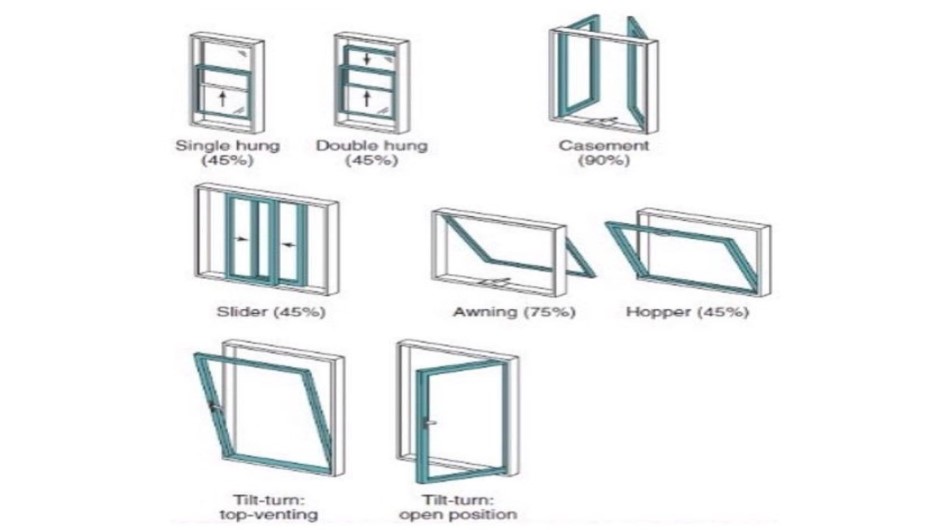
There are 4 major types of window sashes.
1. Single-Hung Window Sash

A single-hung sash window has one movable sash that slides up and down, while the other sash remains fixed in place. The movable sash is typically the bottom one, and it slides up to open the window. This design allows for easy ventilation and is a common choice for many homes.
2. Double-Hung Window Sash
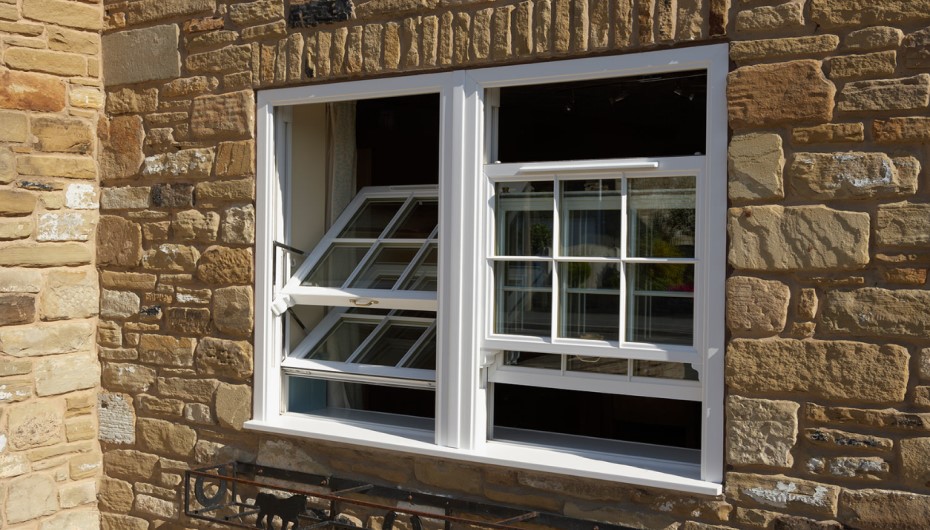
A double-hung sash window has two movable sashes that slide up and down independently, allowing you to open the top, bottom, or both parts of the window. Both sashes slide on tracks and can be opened and closed with ease.
3. Casement Window Sash
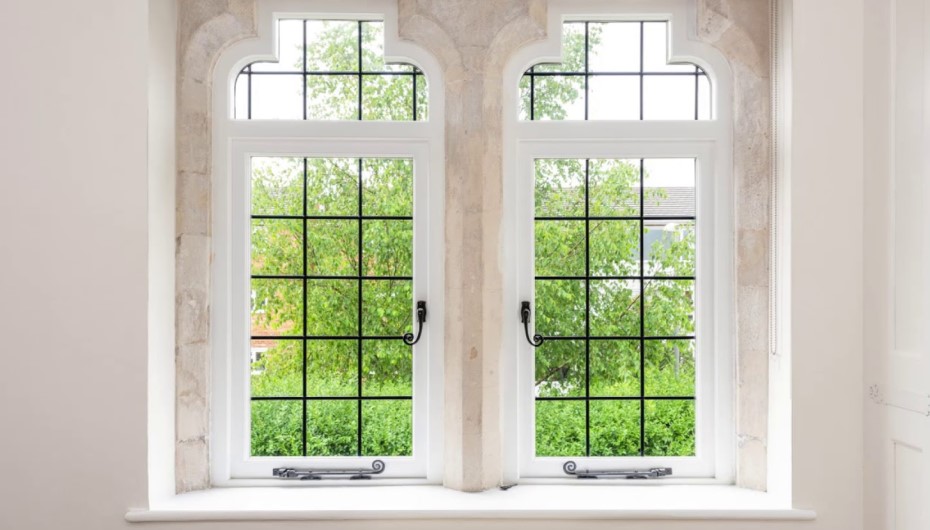
A casement window is a type of window in which a sash is connected to the crank. It allows you to open the window with a turn handle. It swings out to the side, giving you fresh air and a clear view.
4. Spring-Balanced Sash Window
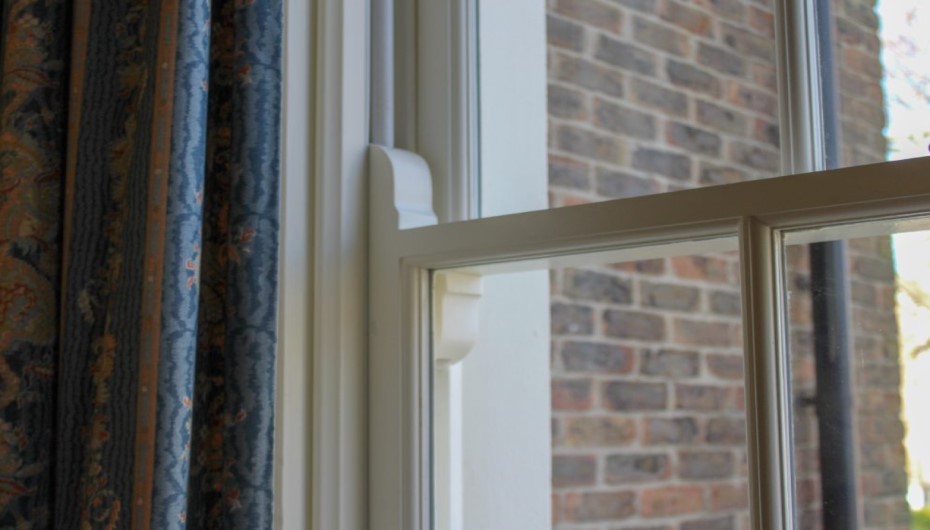
A spring-balanced sash window uses springs to counterbalance the weight of the sash, making it easy to open and close. The springs are hidden in the window frame and help the sash move smoothly up and down.
How To Maintain A Window Sash

Window sashes don’t need much maintenance, but wooden ones need their paint or sealant updated as they wear off. Below are some points to check and balance.
- Dust and clean the sashes with a soft cloth and mild soap regularly.
- Check your window sashes every year for signs of wear and tear.
- Check for damage like scratches, softwood, mold, and mildew.
- Reapply paint or sealant as needed to protect the wood.
- Apply silicone spray to hinges and tracks to keep them running smoothly.
- Ensure the sashes are aligned properly to prevent damage.
- Install an additional latch to secure the window and prevent air leaks.
When To Replace Window Sash
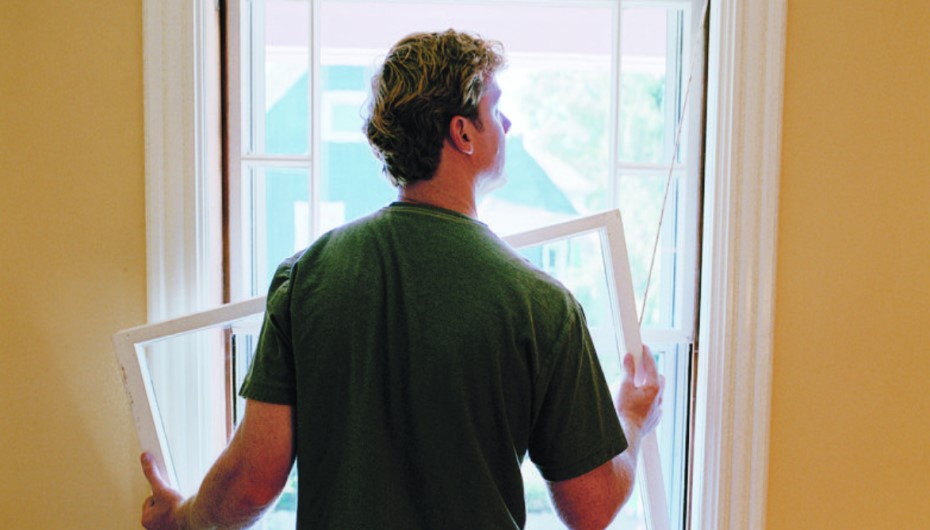
Typically, a sash doesn’t need replacing until it’s very old. Although, keep an eye out for these signs to determine if it’s time for a new one. You’ll know a window sash needs replacing when it lets in water or air, sticks or won’t move smoothly, or shows signs of wood rot.
1. Aluminum Window
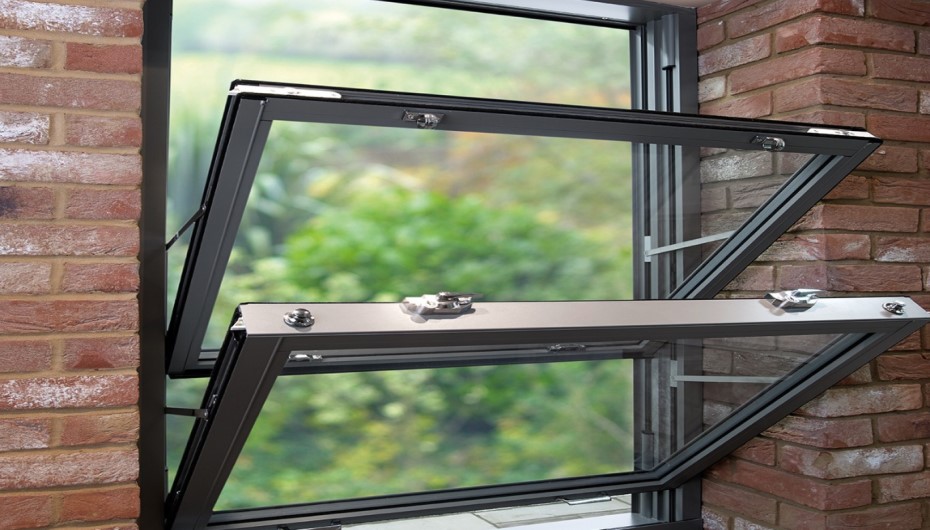
Old aluminum windows can get wet and cause problems. If you have installed aluminum windows in your home, you can check them on cold days to see if they’re sweating or have water drops inside. If you find these issues, you might need to replace the window sash or even the whole window.
2. Wooden Window
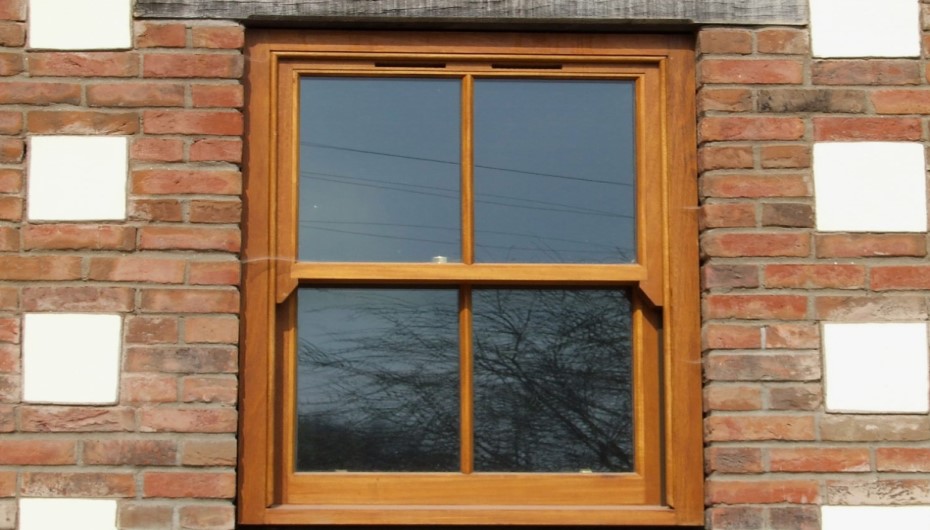
The biggest disadvantage of wooden windows is that they can absorb moisture from the air, which causes problems. If you want to prevent this from your windows, keep the wood sealed with paint or any other special coating.
But if the seal weakens and gets wet, the wood may swell and shrink. It causes the window to get stuck. In this case, you can replace the sash and fix this. You should also check for rot, mold, or damage by looking for stains or gently pushing the wood with a screwdriver. If it sinks in, the sash needs replacement.
3. Vinyl Window
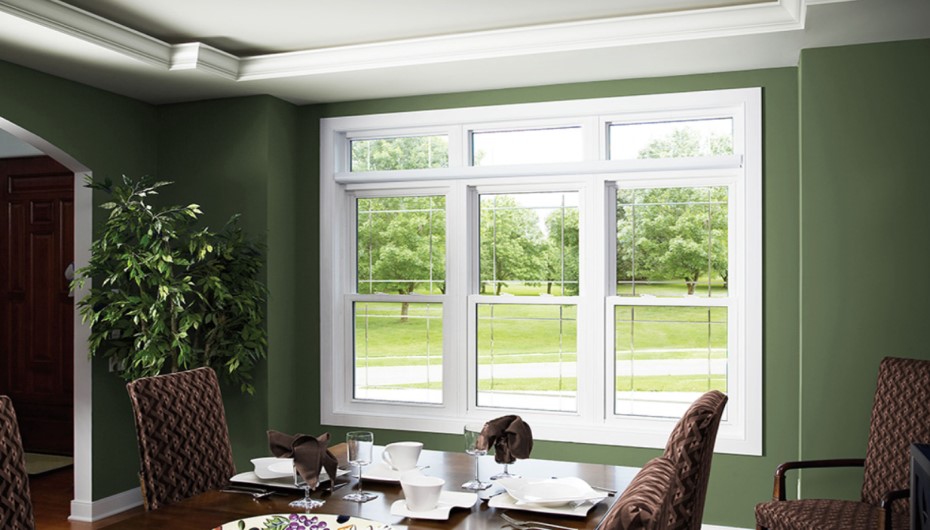
If your house has new vinyl windows, you’ll not face the issues. But if you have installed old vinyl windows, they often had sashes that became bent and didn’t fit well. If your old vinyl window sash is bent and doesn’t fit well, you might notice air getting in, water leaks, and trouble moving the sash up and down. In this case, you can replace the sash. But it might be a temporary fix, so you’ll need to replace the whole window.
When to Replace Window
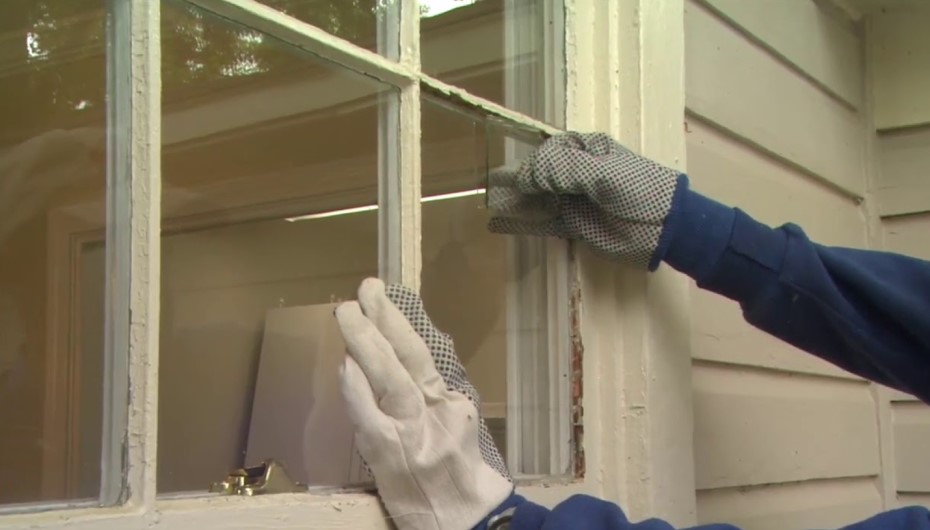
Windows need replacement when they’re no longer doing their job well. Here are some signs it’s time for new windows.
- The wood is rotten or damaged beyond repair.
- The windows are hard to open or close.
- You feel drafts or cold air leaking in.
- You see water leaks or condensation.
- The sash breaks easily because of a faulty window.
- The windows are old and inefficient.
If you notice any of these signs, it’s probably time to consider replacing your windows. You can also hire a professional who can help you determine the best course of action.
Conclusion
In short, a window sash is a critical component of a window that helps in many ways. Taking care of the sash helps keep your windows in good shape. I hope that this article has cleared all your questions about what is a window sash and why is it important. If you want more useful information visit styleofhome.com.
Frequently Asked Questions (FAQs)
What is a Sash For a Window?
A window sash is a frame that holds the glass in place. It’s the part that moves up and down to open and close the window. It helps keep the glass secure and allows you to let in fresh air.
What is The Difference Between Window Sash and Casing?
The sash is the frame that moves with the glass. It’s part of the window that opens and closes. The trim (or casing) is the decorative frame around the window that adds a nice touch.
Why Use Sash Windows?
Sash windows are energy-efficient and keep your home warm. Double-glazed sash windows block out noise and keep heat from escaping. This can lower your energy bills in the winter.
How Do I Identify a Window Sash?
To find the sash on a typical window, look for the frame around the glass. This frame is usually made of wood, aluminum, or vinyl and moves up and down on tracks. That’s the sash.
How Does a Sash Window Work?
Sash windows work by using a system of weights or springs that help move the glass up and down to open and close.
